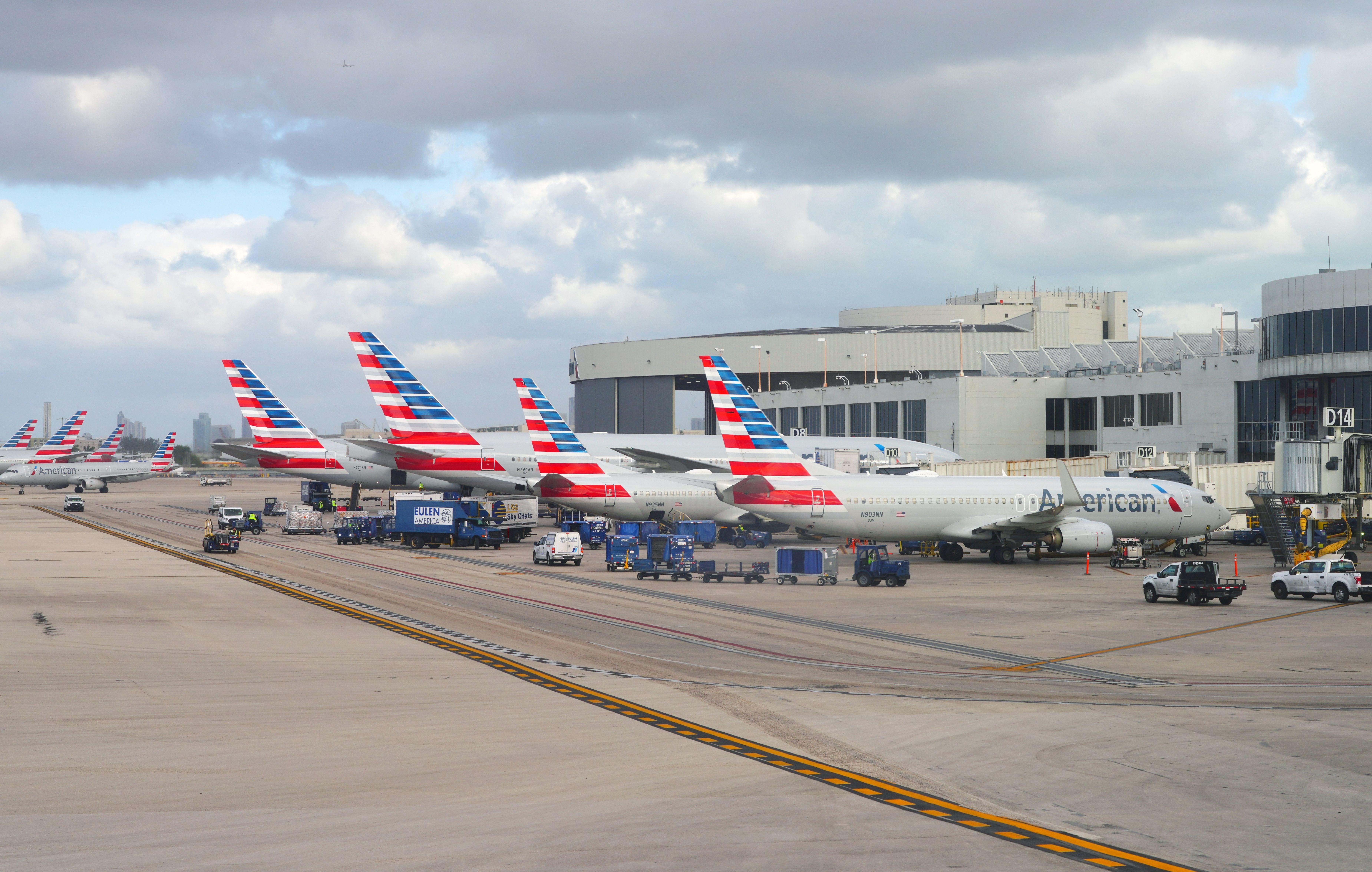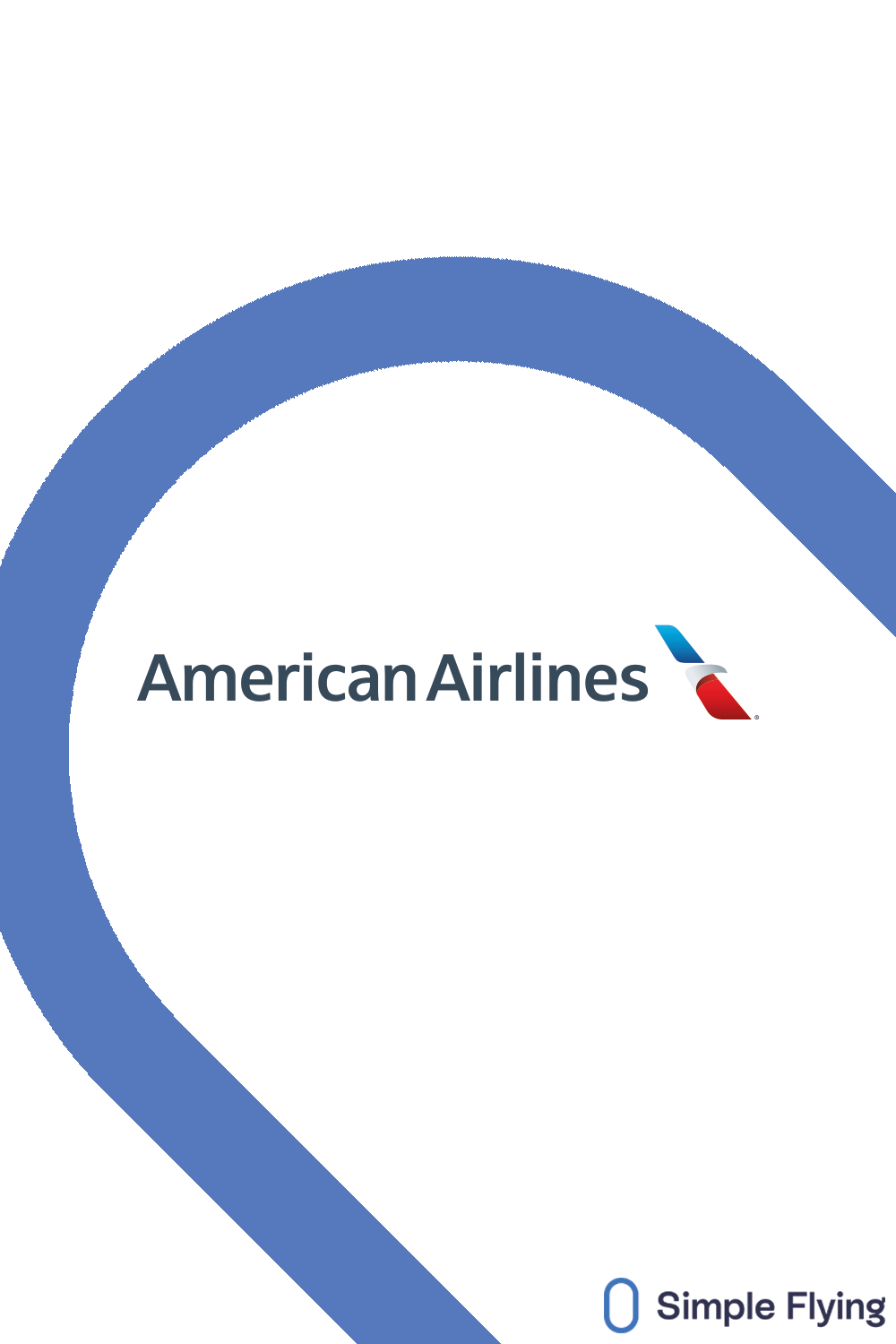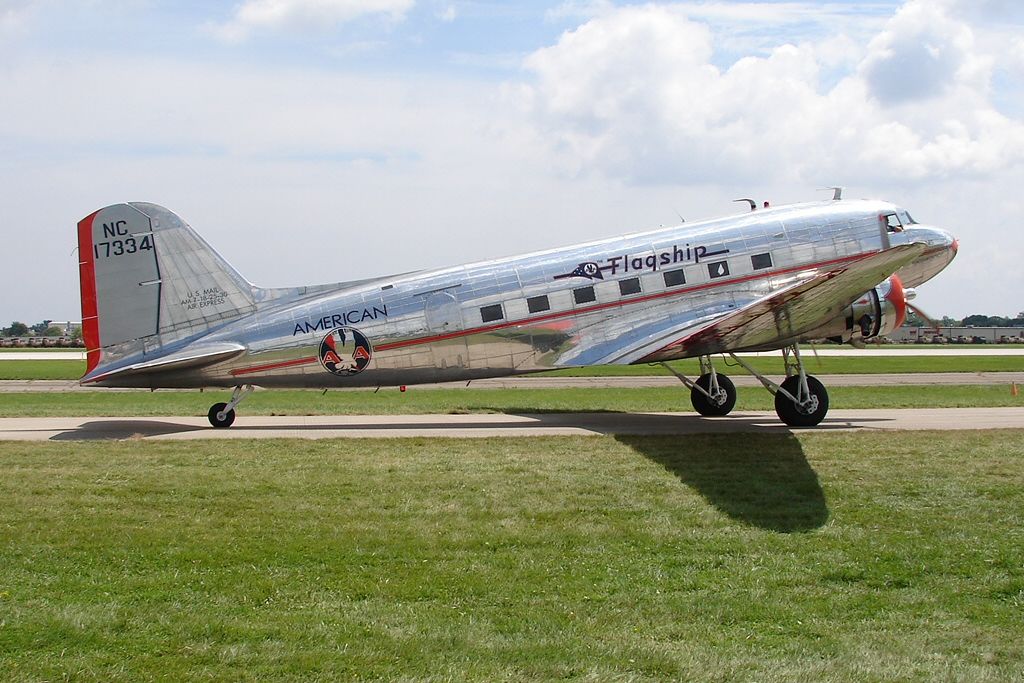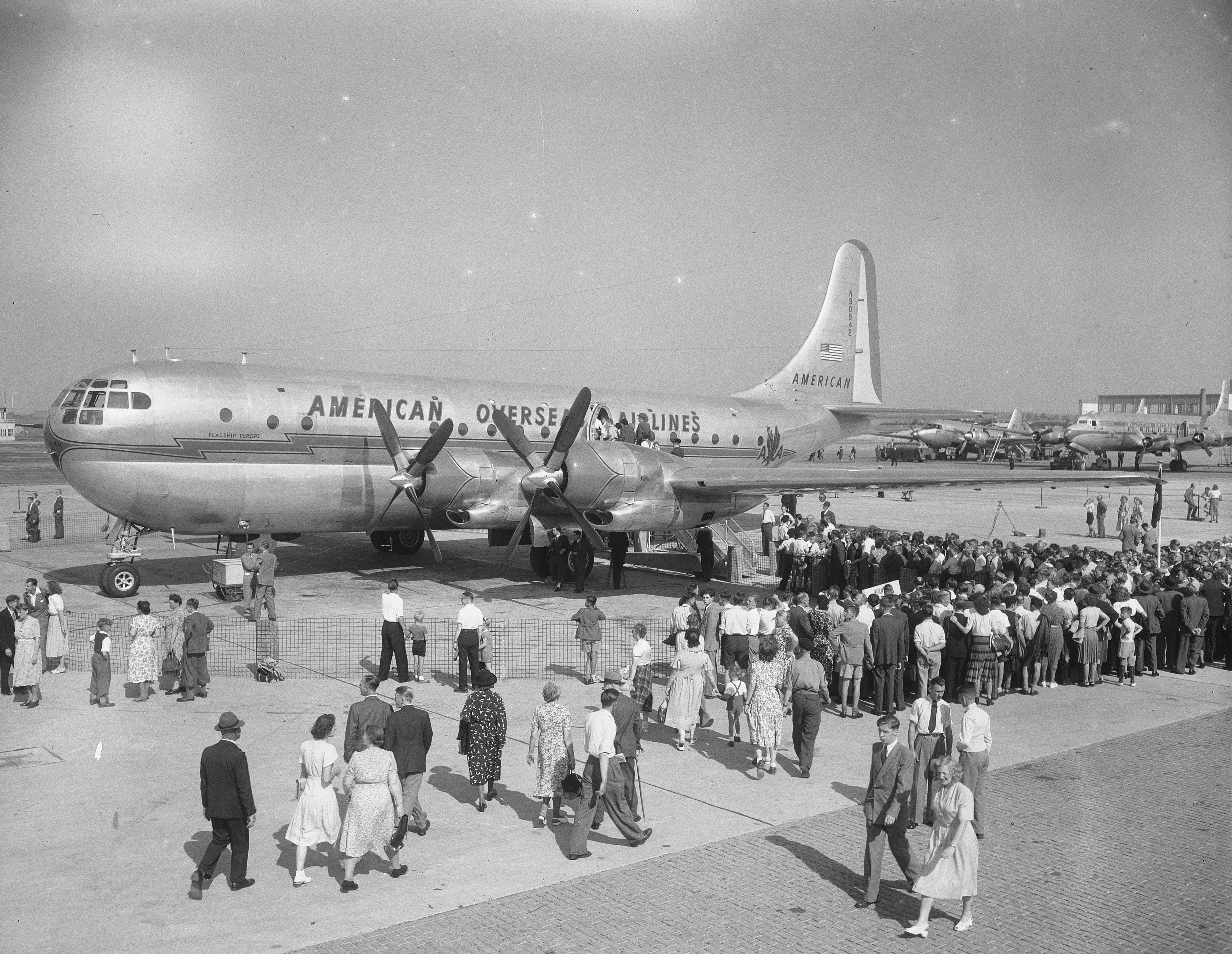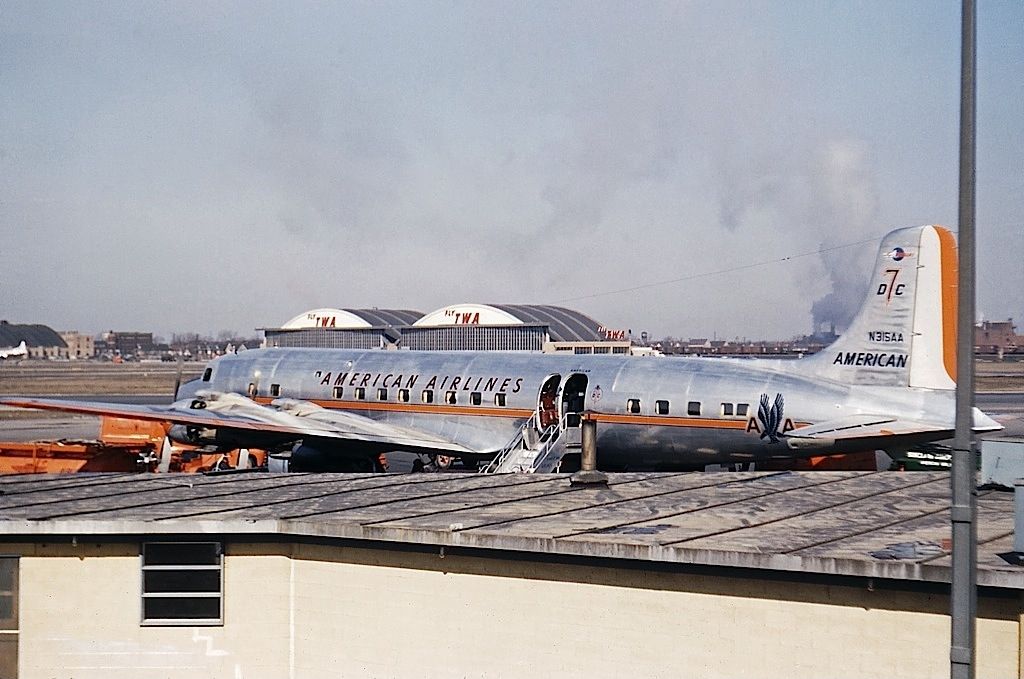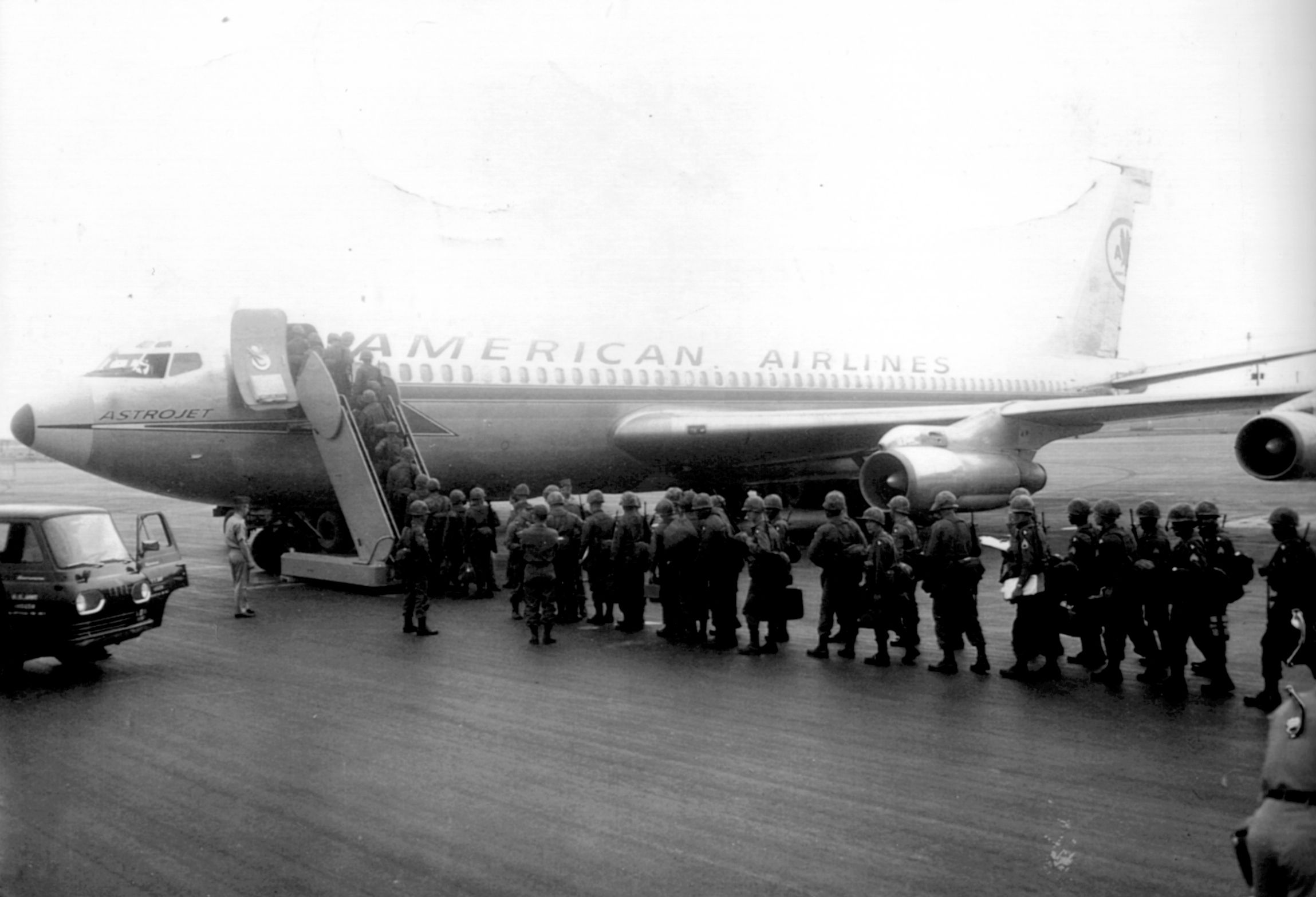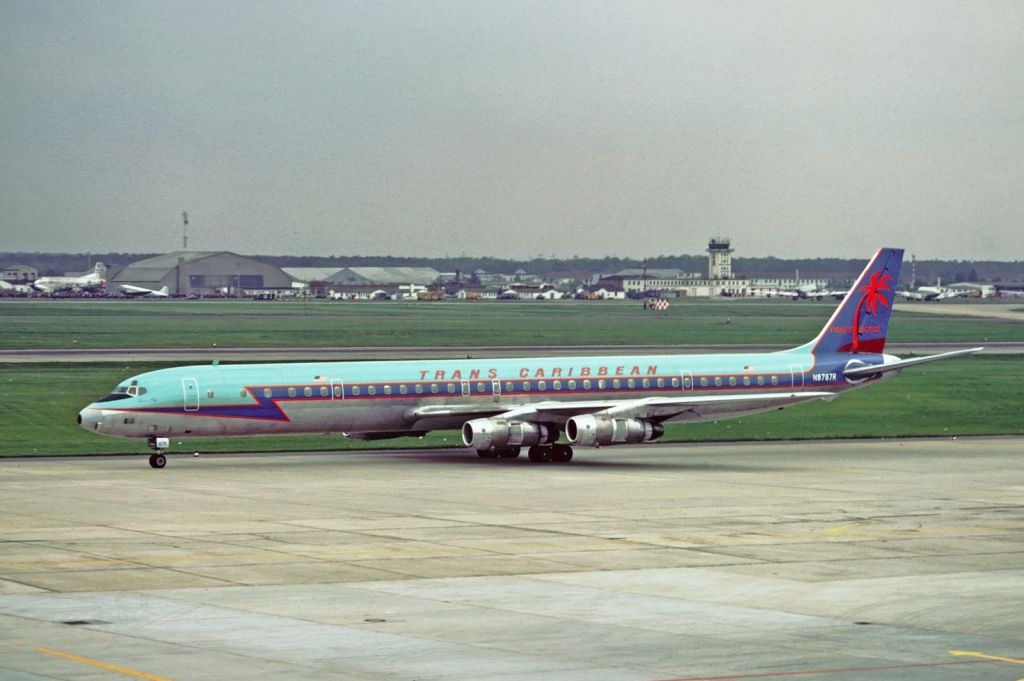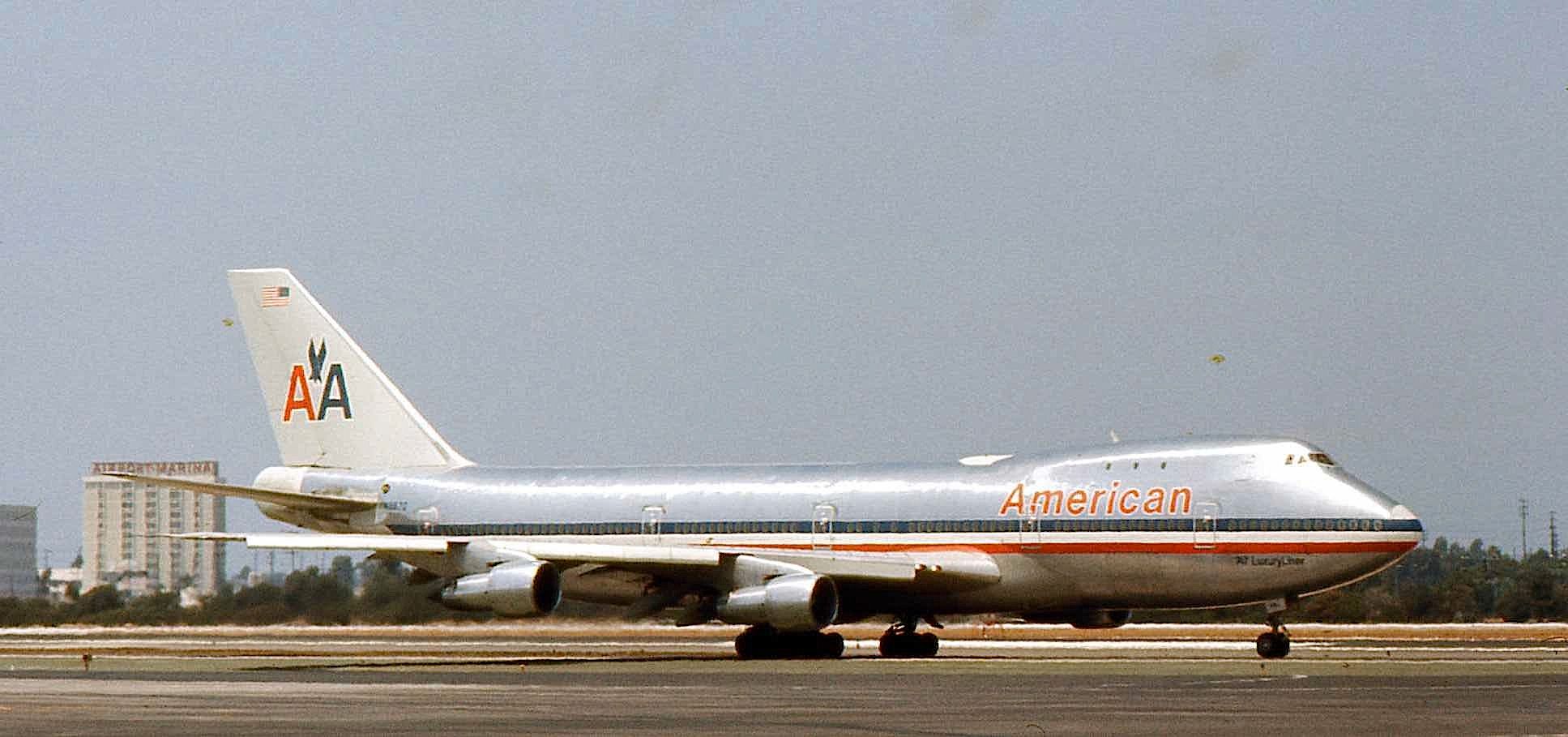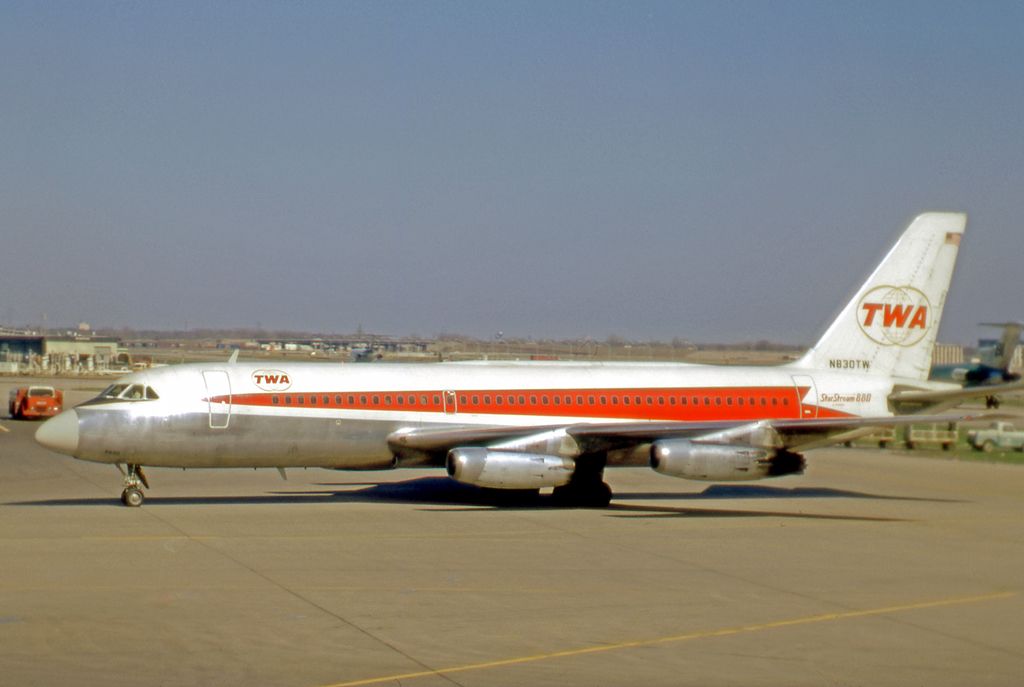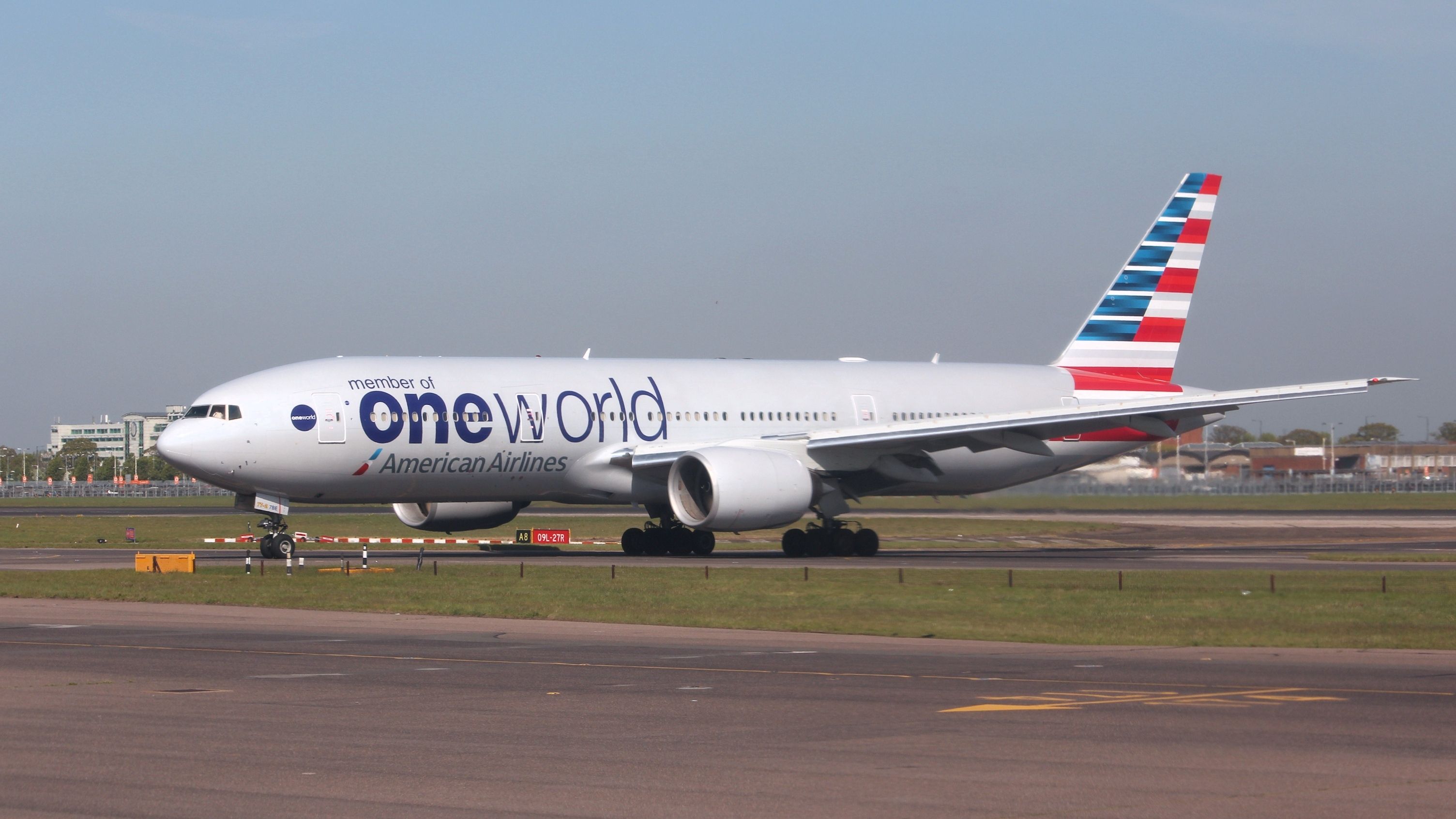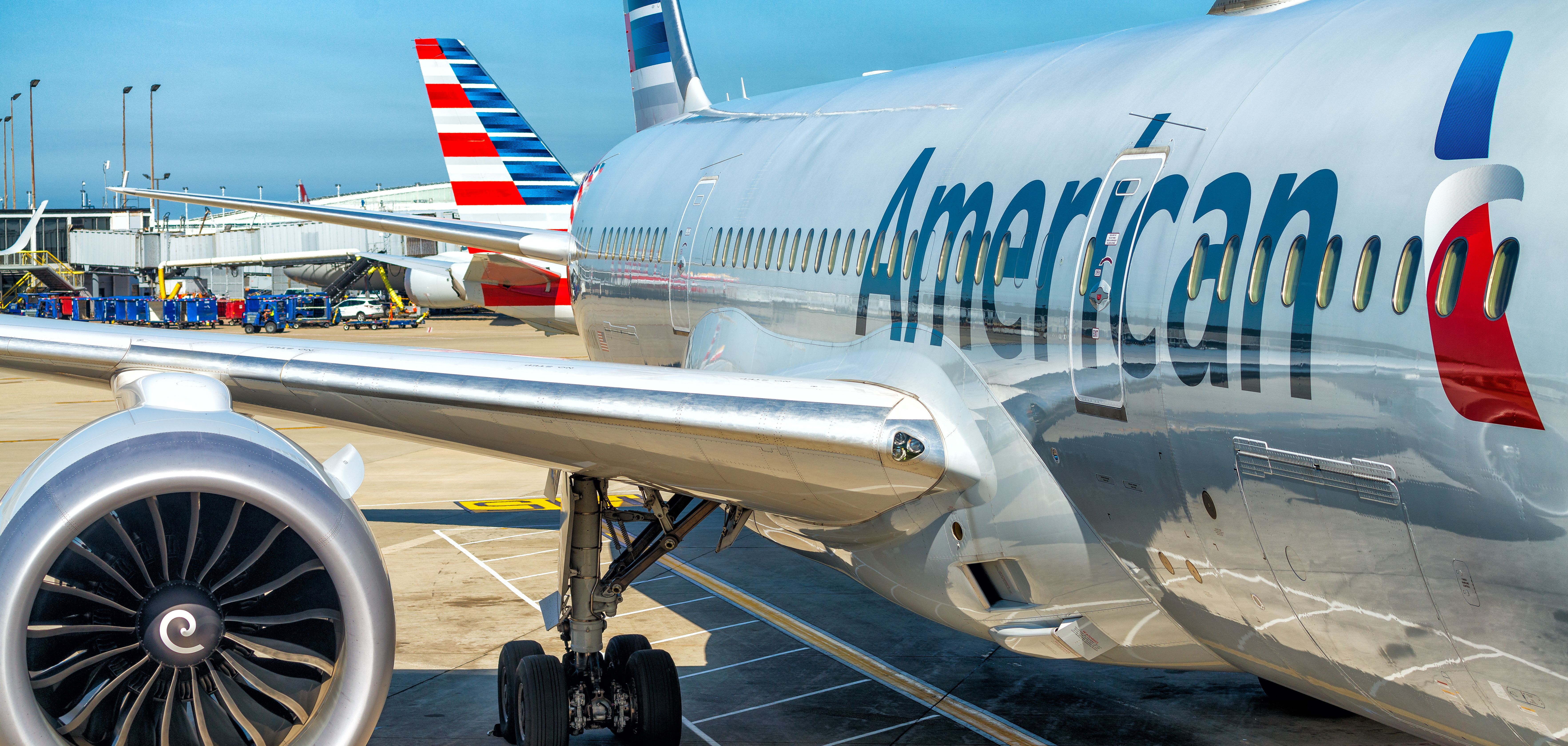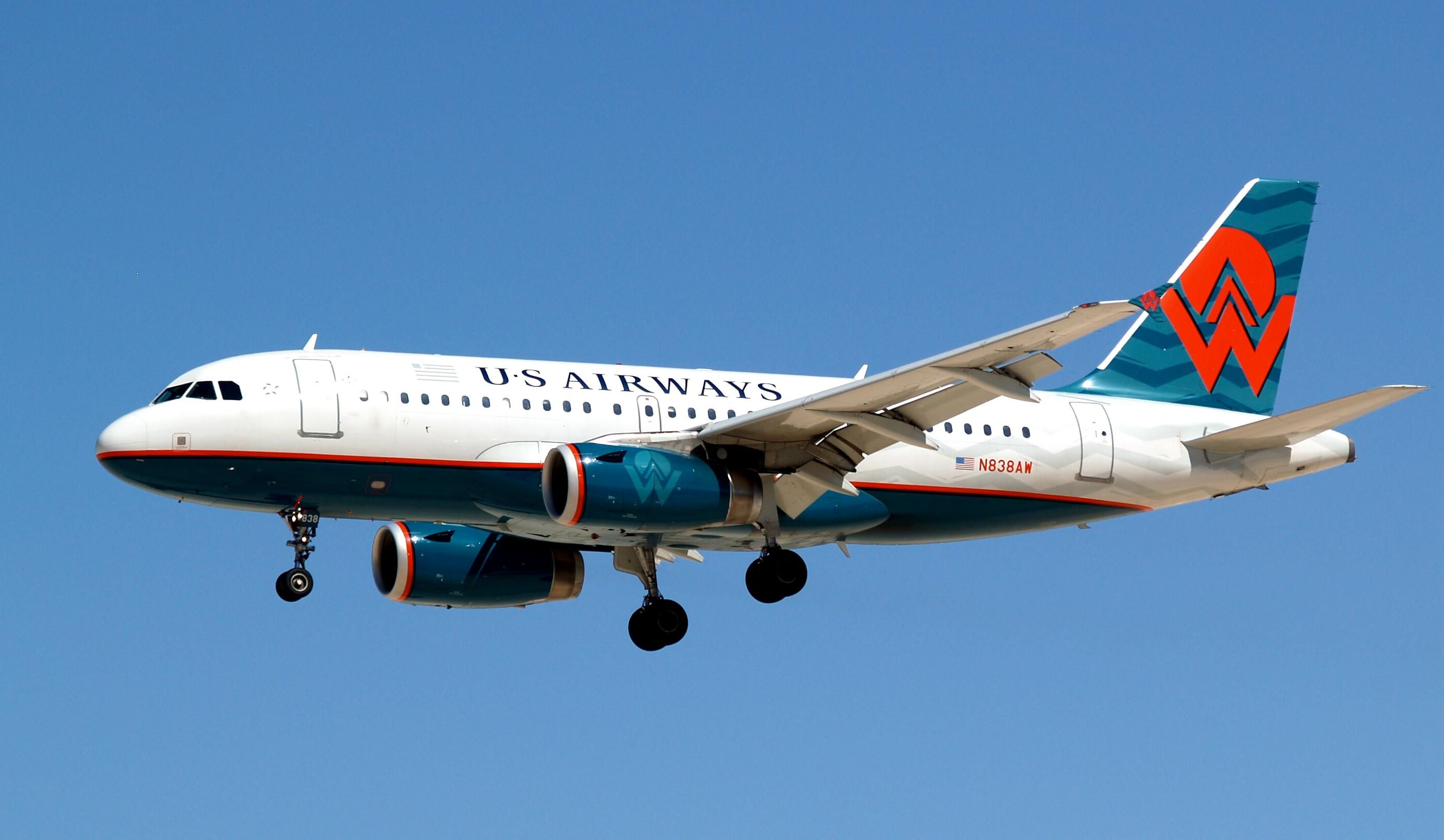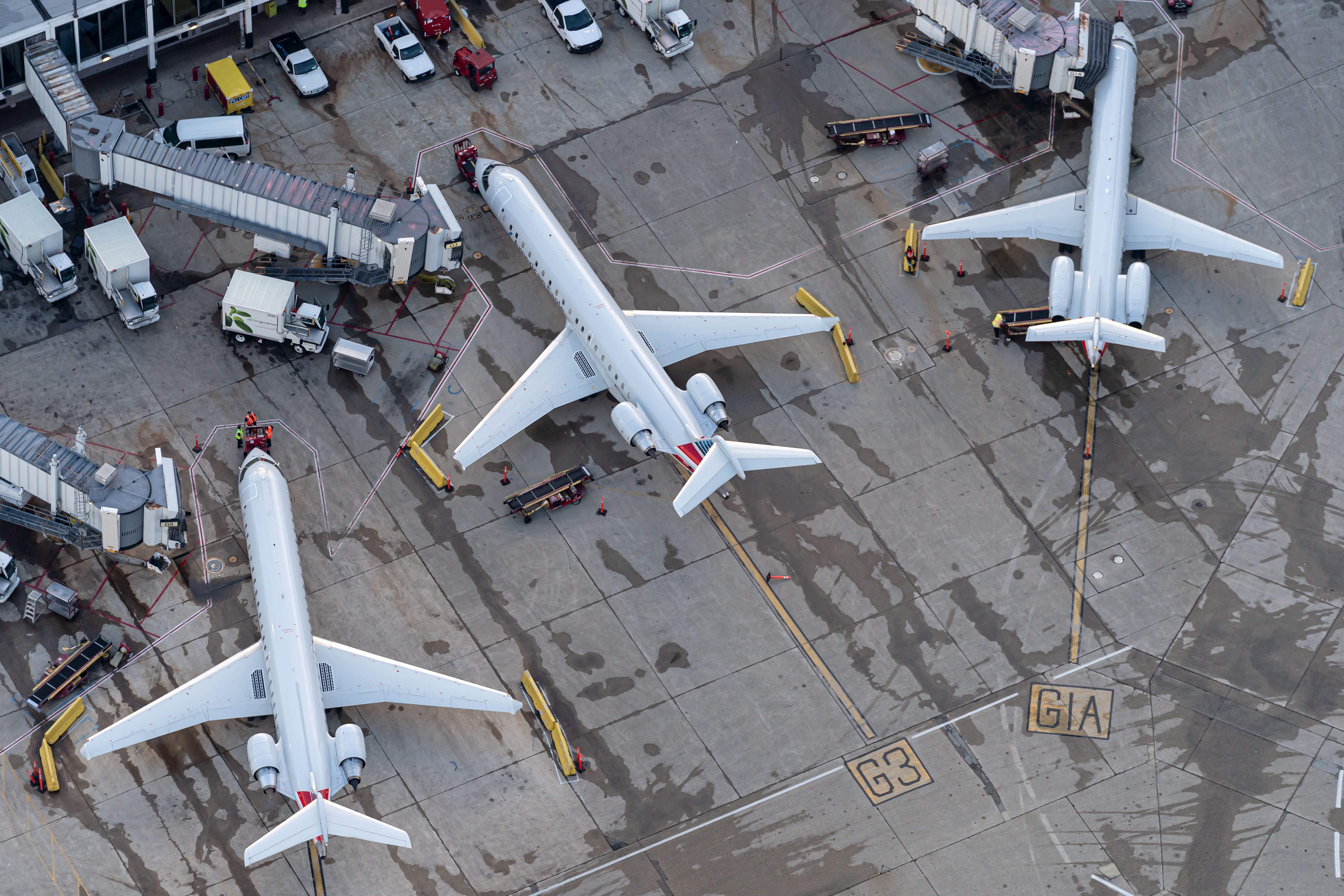Summary
- American Airlines originated in the 1920s and has since become the world's largest airline.
- The airline experienced growth and expansion throughout the 20th century.
- American Airlines has rebounded from various challenges during the 2000s and continues to evolve.
American Airlines is the world's largest airline by fleet size. With just over 1,000 aircraft bearing the American livery, many passengers in the US and around the world will be familiar with their aircraft. Let's step back in time and see how American Airlines became the giant it is today.
The 1920s and 1930s
American Airlines began in the 1920s with cooperation between several small airlines across the US under the "American Airways" brand. "American Airlines" was launched in 1935 when US businessman E.L. Cord acquired and renamed American Airways. Texan businessman C. R. Smith was hired as the new airline's first CEO, and the pair worked together on developing and introducing the airline's first flagship aircraft - the Douglas DC-3.
The first flights that the airline operated were between New York and Chicago. The DC-3 allowed American Airlines to expand beyond mail transport to carry more passengers and baggage. It was on its way to becoming a major airline.
As American Airlines expanded its DC-3 service, it also started looking at improving the passenger experience on the ground; the first Admirals Club came about at this time. American also worked to build up New York's LaGuardia Airport, where another Admirals Club was also developed.
The 1940s
Expansion slowed during the Second World War. However, in the years following, the airline returned to the spotlight and was, for some time, the most prominent American airline. In 1945, American Airlines established "American Overseas Airlines" and began to offer transatlantic flights.
Love aviation history? Discover more of our stories here
The 1950s
American Airlines had its eyes set on transcontinental operations. For this, it needed a faster aircraft that could make such flights within crew limitations. The airline turned to its preferred aircraft manufacturer, Douglas, who then created the Douglas DC-7. This plane was a major success, with American Airlines operating many of the type. The DC-7 was primarily used for nonstop service across the US. The airline further expanded in 1959 with the introduction of the Lockheed Electra.
In the late 1950s, American Airlines opened the "Stewardess College" for flight attending training in Dallas, now their largest hub. It was the first official flight attendant training facility in the world.
The 1960s and the jet age
As new technological advancements made jet aircraft a reality, American Airlines started flying the Boeing 707. These aircraft offered faster and smoother flights and gradually expanded use on both intercontinental and international operations.
Also in the 1960s, American Airlines introduced the first electronic booking system for passenger reservations.
The 1970s
At the start of the decade, American Airlines merged with Trans Caribbean Airways and thus started offering flights from the US to the Caribbean.
In 1978, the Airline Deregulation Act came into effect. As a result, many industry aspects were deregulated, such as route creation, new airline establishment, and fares. This turned American aviation into a free market. Significant operational changes came later in the decade when the airline moved its main headquarters from New York to Fort Worth, Texas, in 1979.
The 1980s
In 1981, American Airlines instituted the first airline loyalty program - AAdvantage. The name AAdvantage has stuck with the program since its inception. Loyalty quickly became a big consideration for all airlines, with many more introducing programs over the coming years.
Love learning about points and miles? Read more of our loyalty news and guides here.
Following airline deregulation, American Airlines opened a hub at Dallas/Fort Worth International Airport. New hubs closely followed this in Chicago, San Jose, Raleigh-Durham, and Nashville.
During this time, American Airlines focused on building a hub-and-spoke model and began transatlantic services out of Dallas. American Airlines flew a wide variety of aircraft in the 1980s, including various Boeing 747 models and the Boeing 767-200.
The 1990s
American Airlines continued to grow through the decade. In 1991, the carrier welcomed its one billionth customer onboard. Then, American Airlines gained a hub in Miami after taking over Eastern Air Lines' Latin American routes. At the same time, they discontinued their hubs at San Jose, Raleigh-Durham, and Nashville.
Around this time, American bought rival US airline Trans World Airlines' (TWA) operations at London Heathrow. TWA was acquired entirely by American Airlines in 2001 after continued financial difficulties.
And in 1999, American Airlines partnered with British Airways, Cathay Pacific, Canadian Airlines, and Qantas to found the oneworld alliance.
The 2000s
American Airlines flights were involved in the September 11th attacks that forever changed aviation. In the years following the event, American Airlines continuously lost money until finally earning a $58 million profit in 2005. American Airlines inaugurated many global services to destinations such as China and India during this time.
Get all the latest aviation news for North America here
The airline also began to refresh its fleet with new Boeing 737s and Airbus A320 family aircraft. This came after disputes with the FAA regarding maintenance on their aging MD-80 fleet.
The 2010s
American Airlines officially inaugurated its transatlantic joint venture with British Airways and Iberia Airlines in 2010. In addition, American Airlines strengthened its joint venture with Japan Airlines and inaugurated multiple services to Tokyo-Haneda. Expanding from Dallas, American Airlines began flights to Seoul, Shanghai, and Hong Kong.
In 2011, AMR Corporation, the parent company of American Airlines, suffered financial troubles. It filed for bankruptcy, and American Airlines began a cost-cutting campaign to return to profitability.
In 2013, American Airlines and US Airways merged, creating the world's largest airline by fleet size. US Airways and American Airlines were officially granted a single operating certificate in 2015, and operations continued under the American brand (with a new livery design). The new CEO of the merged airline was former America West CEO, Doug Parker.
US Airways flew its last flight, number 1939, on October 16, 2015. 1939 was symbolic, as that was the year that US Airways was founded.
The Future
In 2023, American Airlines remains the largest operating airline in the world. It sits ahead of United Airlines for the largest airline fleet but competes closely with United and Delta Air Lines for most revenue and profit.
With large numbers of aircraft on order to expand and refresh the fleet, the airline shows no signs of slowing. As of August 2023, it has significant narrowbody expansion plans - with 50 Airbus A321XLR and 79 Boeing 737 MAX 8 aircraft to be delivered (according to fleet data from ch-aviation.com).
The A321XLR opens up exciting new options for the airline, with the possibility to operate more narrowbody routes to Europe. Regarding widebodies, it still has 30 Boeing 787-9 on order, joining the 59 current 787 aircraft.
Get the latest aviation news straight to your inbox: Sign up for our newsletters today.
Would you like to discuss more about American Airlines' long history, development, fleet, or situation today? Let us know your thoughts in the comments section below.
Sources: ch-aviaiton.com

